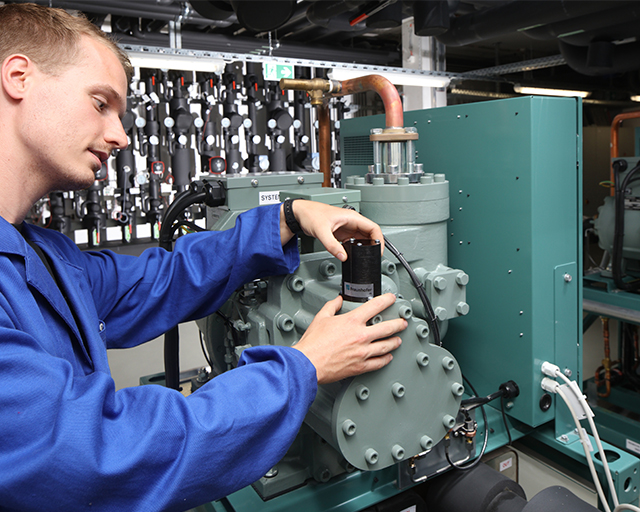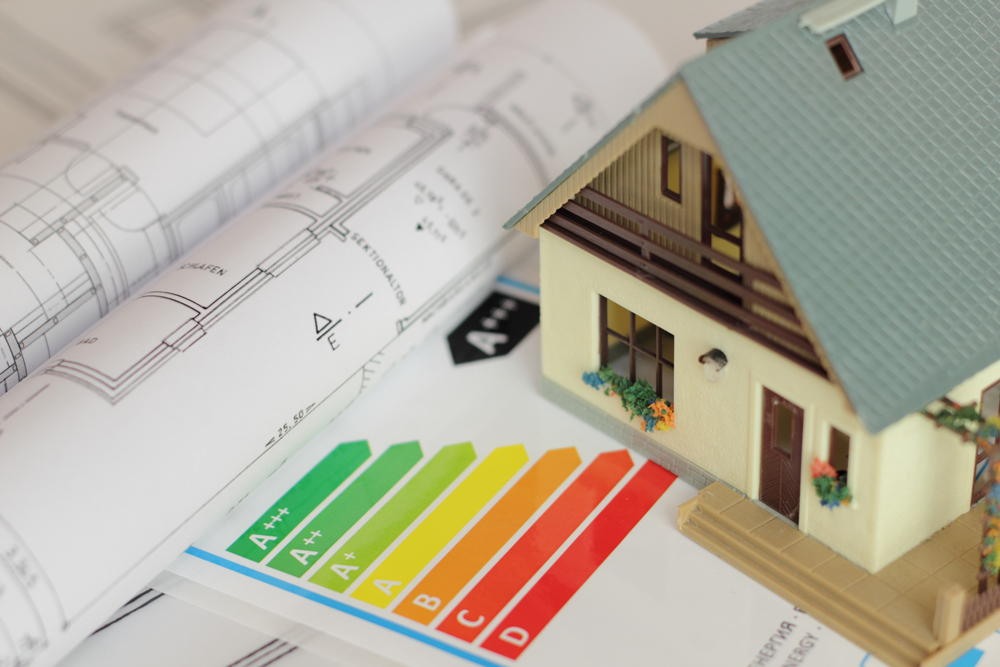Even the smallest movements are sufficient for the VIHWA vibration harvester from Fraunhofer IIS to generate enough electrical energy so that several sensors can be operated with it and data can be transmitted to a terminal device every second. It measures for example the accelerations present on a machine, motor or vehicle and sends this data to a computer for further display and processing.
VIHWA – Vibration harvester for wireless applications
Challenge
More and more devices are being networked in the Internet of Things. In this way, processes, procedures, and states can be recorded and optimized. This monitoring requires a wide variety of sensors that record, process, and communicate data. However, the specific locations and environmental conditions often make it impossible to change batteries or provide a wired power supply. Frequent battery replacement generates additional maintenance costs which quickly makes the use of these sensors uneconomical.
Our solution
The vibration harvester from Fraunhofer IIS is characterized by the effective use of the smallest vibrations of 100 mg and less. At a frequency of 60 hertz, we can supply sensors with electrical energy and transmit the measured data via Bluetooth Low Energy.
The technology: Energy Harvesting
Energy Harvesting uses energy from the environment such as heat, light, or movement to supply small electronic devices. Self-powered, maintenance-free, and wireless systems with unlimited operating and standby time become reality. This also enables to power devices in places that are difficult to access. Areas of application include wireless sensors for monitoring machines and systems (condition monitoring), tracking systems, and sensors for building automation.
How does the vibration harvester work?
Piezoelectric materials react with a charge separation of internal electrical charges when deformed by motion or periodic vibration. Thus, piezoelectric materials can be deformed in a vibration transducer by existing vibrations and therefore generate electrical energy at the end. Piezoelectric generators typically generate large voltages in the range of ten to one hundred volts, but only very small currents. They can be built as a resonant cantilever structure or applied directly to surfaces with mechanical deformation.
USPs of the vibration harvester
- Even the slightest vibrations of 100 mg at e.g. 60 hertz are enough to generate sufficient electrical energy to acquire and transmit sensory data with a wireless sensor.
- Thanks to the voltage converter and energy management systems developed at Fraunhofer IIS, even the smallest movements can be used to generate electrical energy.
- Optimum mechanical and electrical design of all system components enables highly efficient applications to be implemented with minimum board space, setting them apart from the state of the art.
Our service portfolio
- The application is possible in all areas of industrial automation, building monitoring, or body-near sensors.
- Important environmental data such as temperature, air quality, gases, humidity, etc. can be easily determined especially in supply rooms and transmitted via Bluetooth.
Typical applications in this field of application
Mechanical Energy Harvesting in industrial applications
With Energy Harvesting technologies, sensors for detecting wear or damage on machines can be supplied with energy autonomously. Especially in hard-to-reach locations or with frequent acquisition of data, our technologies offer enormous advantages over conventional power supplies with batteries. Existing vibrations in production plants can thus be appropriately used to generate energy for sensors. The recorded data of the IoT sensors enable condition monitoring in many application scenarios. Thus, machine conditions can be constantly monitored and analyzed.
Energy Harvesting for Smart Building
Even in supply rooms, important environmental data such as temperature, air conditions, hazardous gases, etc. can be easily determined with IoT sensors and transmitted via wireless protocols. With the Energy Harvesting technologies of Fraunhofer IIS, a self-sufficient energy supply becomes possible. Permanent condition monitoring allows you to extend the lifespan and operating time of building equipment, avoiding costly repairs and early acquisitions. By using a self-sufficient energy source, you can achieve this without major installation and maintenance costs.
Energy Harvesting for transport and logistics
When trucks are moving, vibrations are always present. These can be used to generate electrical energy and supply various sensors. Thus, the position of the transported goods can be accurately tracked or the temperature of refrigerated containers are permanently and independently monitored with self-powered localization modules.



